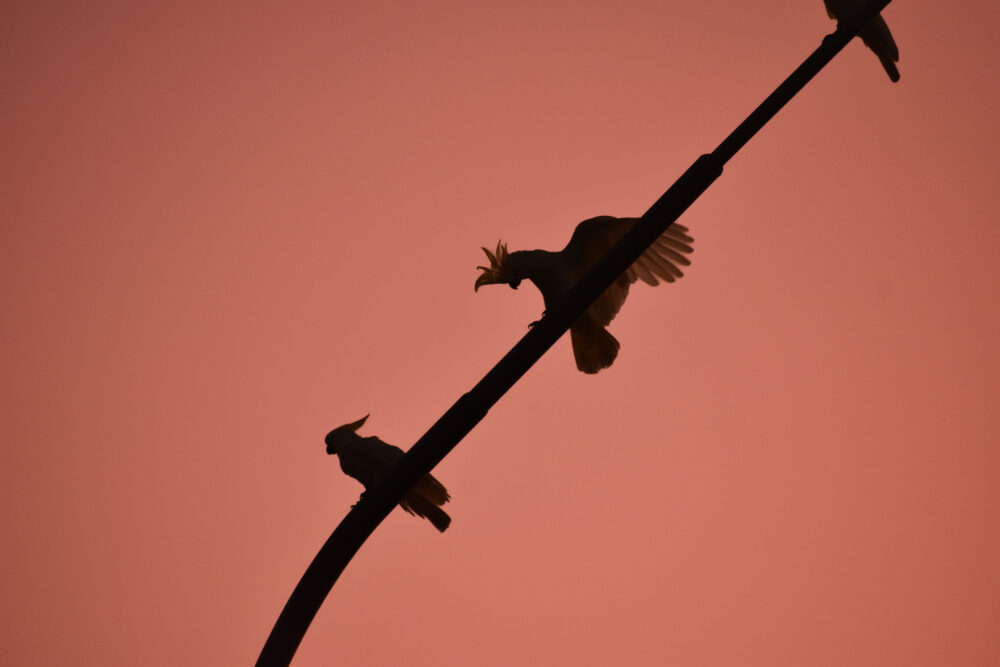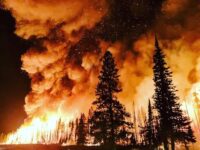Redlining, a historical practice of discrimination, has had lasting effects on racial inequities that remain persistent today. However, recent analysis of ecological diversity has revealed that the effects of redlining reach far beyond impacting humans. Specifically, bird diversity and population experienced a marked decline in areas subject to redlining. This means that though one street might have hundreds of birds present on a day-to-day basis, the very next street over could hold a fraction of the same amount, despite being so geographically close together. Redlining is a process that has not only created long-lasting structural inequities between the humans that inhabit these locations but also devastated the local wildlife and environmental diversity. So how does avian abundance relate to the impact of grading neighborhoods on safety?
Redlining was originally a government-led practice that began in the 1930s as an effort to grade areas on their relative safety for investment in real estate. A major factor that went into this grading process included the neighborhood’s racial makeup. This led to high development in regions that were largely white and limited development in areas that were inhabited by people of color because these areas were seen to have more financial risk. This eventually led to inhabitants of areas that were graded low being denied insurance, loans, and other financial services.
An after-effect of redlining is that “red” or low-graded areas were also bought by industries as cheap land and used to build things such as factories and power plants. In contrast, “green” or highly graded areas were heavily invested in and beautified. This has led to severe health effects — the industrial development in “red” areas has led to these areas being prone to more pollution and fewer green spaces. Residents of historically redlined areas have an increased risk of asthma, diabetes, hypertension, heart disease, preterm births, and earlier mortality. There are also likely to be fewer community resources such as hospitals, schools, and grocery stores. In today’s climate, the racial makeup of green districts and red districts has had limited change, leading to disproportionate negative effects on communities of color.
“Redlining is a process that has not only created long-lasting structural inequities between the humans that inhabit these locations but also devastated the local wildlife and environmental diversity.”
An indirect effect of the practice of redlining is the destruction of natural greenery and the degradation of environmental habitats. With fewer spaces to live and thrive, birds and other species have migrated to greener areas — the same areas that have been invested in and are predominantly occupied by white Americans. The lack of bird and other ecological diversity can lead to a lack of funding in these areas to protect wildlife. Without this funding, there are few opportunities to help revive biodiversity in “red areas.” On the other hand, “green” districts are likely to receive funding to conserve their ecological diversity, thereby increasing their physical capital and resources. In a negative feedback loop, the gap between resources and the status of these areas grows.
Modern challenges exacerbate these issues. Scientists often survey the same areas — those that tend to have the most biodiversity — leading to a lack of knowledge about species and ecology in redlined areas. In addition, there is a lack of resources to help record observations and gather data in historically red areas as well.
It is clear that redlining is not merely a sociological issue — discrimination permeates all aspects of life, even shaping our environment. Policy changes and environmental initiatives are crucial to helping remedy the long-lasting effects of redlining and build a more equitable future, both for humans and biodiversity alike.






